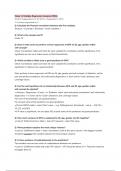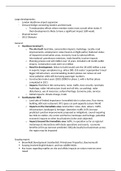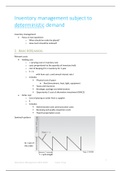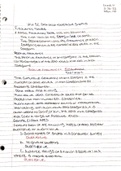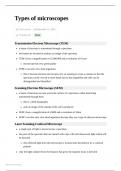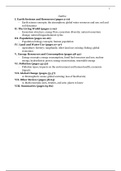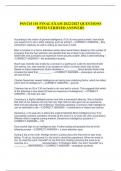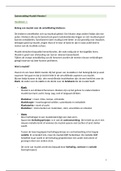College aantekeningen
Film Studies A level notes
- Vak
- Instelling
Provides definitions and notes on all necessary film terms as well as key exam necessary information, sections on the history of film and analysis of several key films such as pulp fiction, la la land and many more. Organised and colourful this document will make film studies easy to revise and you...
[Meer zien]




